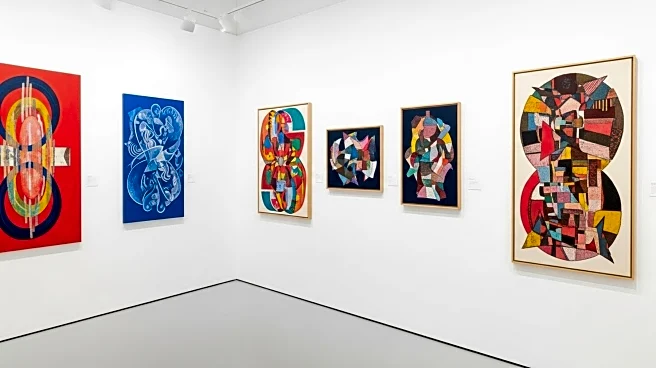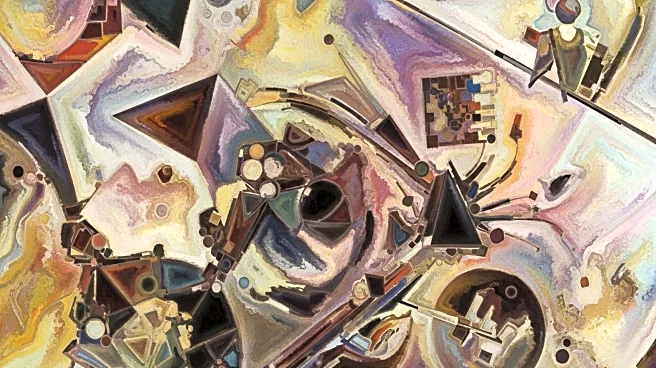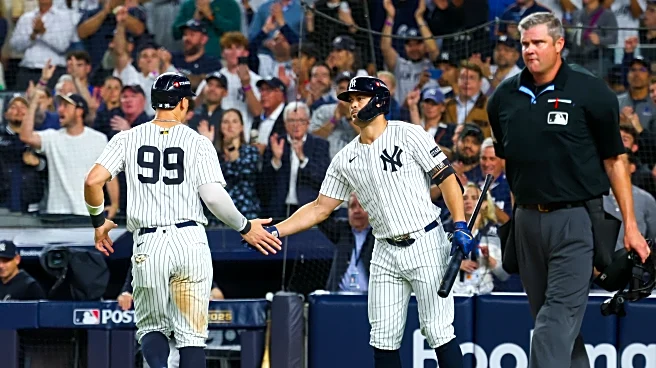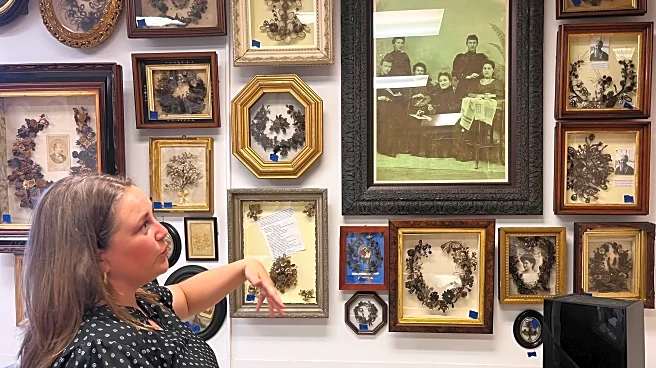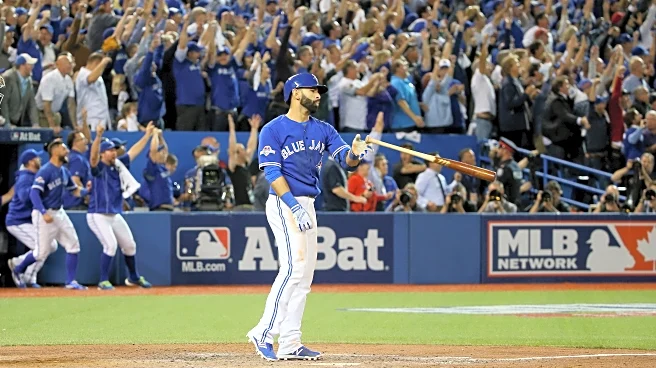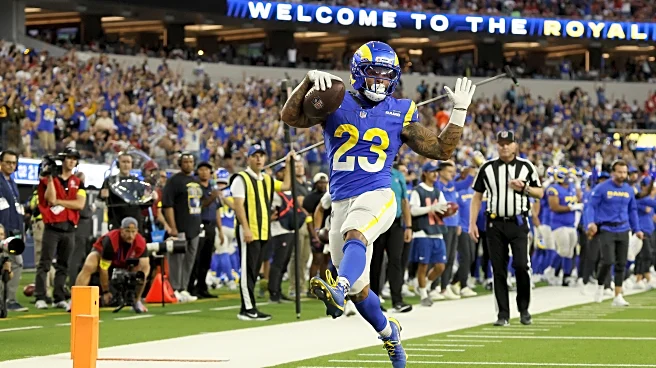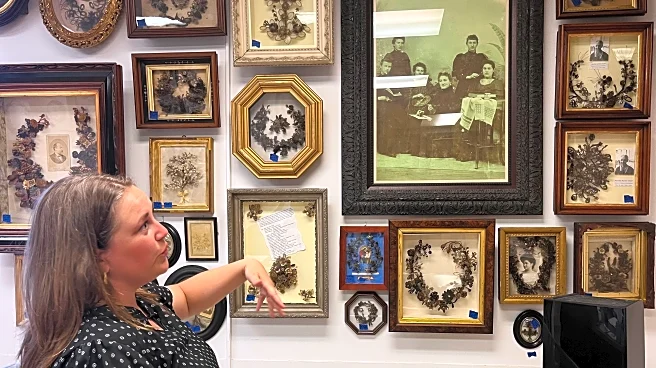What's Happening?
Museums globally are marking the 100th anniversary of Robert Rauschenberg's birth with a series of exhibitions and programs. Over 100 organizations are showcasing his work, with more than 30 dedicated exhibitions. Notable displays include the Menil Collection in Houston, focusing on Rauschenberg's use of fabric, and the Grey Art Museum in New York, highlighting his environmental art prints. This trend of anniversary exhibitions is not new, as seen with past celebrations for artists like James Ensor and Pablo Picasso. These events often draw from permanent collections and receive financial support from artist foundations and cultural ministries.
Why It's Important?
Anniversary exhibitions play a significant role in reinforcing cultural norms and maintaining the status quo in the art world. They provide museums with opportunities to participate in cultural moments, attract board support, and manage exhibition budgets effectively. However, they also highlight issues of representation, as these celebrations often focus on already famous artists, predominantly male and white. The trend raises questions about the criteria for selecting artists for major exhibitions and the influence of external factors like board interests and financial support.
What's Next?
The trend of anniversary exhibitions is likely to continue, with museums planning future celebrations for artists like Picasso. However, there is a growing call for curators to prioritize exhibitions based on artistic merit and audience interest rather than arbitrary anniversaries. This shift could lead to more diverse and innovative programming, offering broader representation and challenging the traditional norms of the art world.
Beyond the Headlines
The anniversary exhibition phenomenon reflects broader cultural practices, akin to legacy admissions in universities. It underscores the need for a more inclusive approach to art curation, where decisions are driven by artistic value rather than historical milestones. This could foster a more dynamic and equitable art landscape, encouraging museums to explore underrepresented artists and themes.

